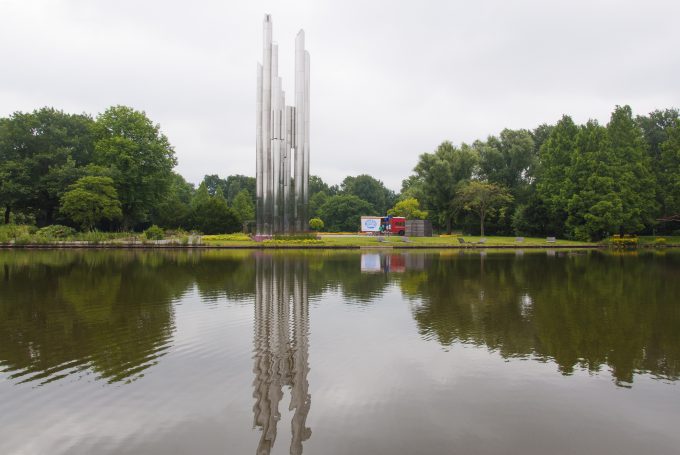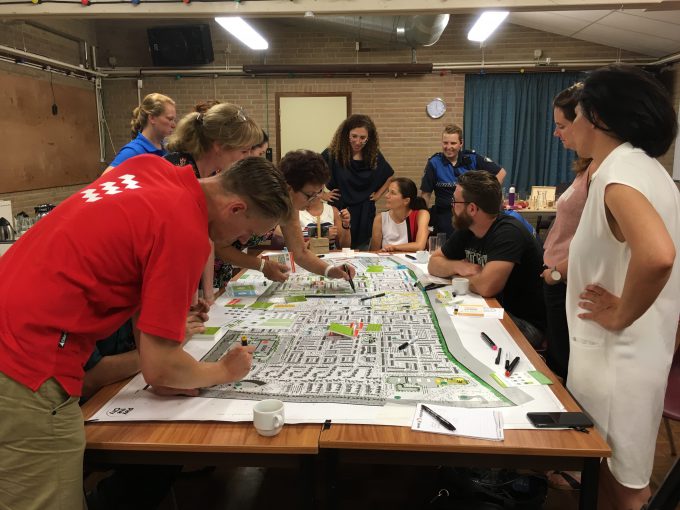Curator and programme manager
Client: Het Nieuwe Instituut
The DATAstudio was a joint programme of Het Nieuwe Instituut and the City of Eindhoven (2015–2017). It addressed the question of how we can build a smart society rather than just a smart city. In other words, how can we use data and technology to benefit citizens and neighbourhoods? The DATAstudio organised a range of activities, including workshops, lectures, school programmes and the Embassy of Data, always with the aim of understanding or supplementing collected data. We asked aloud how we should handle data and the associated technological possibilities. And we looked at how we might use them to build better neighbourhoods together. The Embassy of Data constituted the conclusion of the three-year DATAstudio project.
Look for more information about the programme on the website of Het Nieuwe Instituut or go to: http://datastudio-eindhoven.nl/











